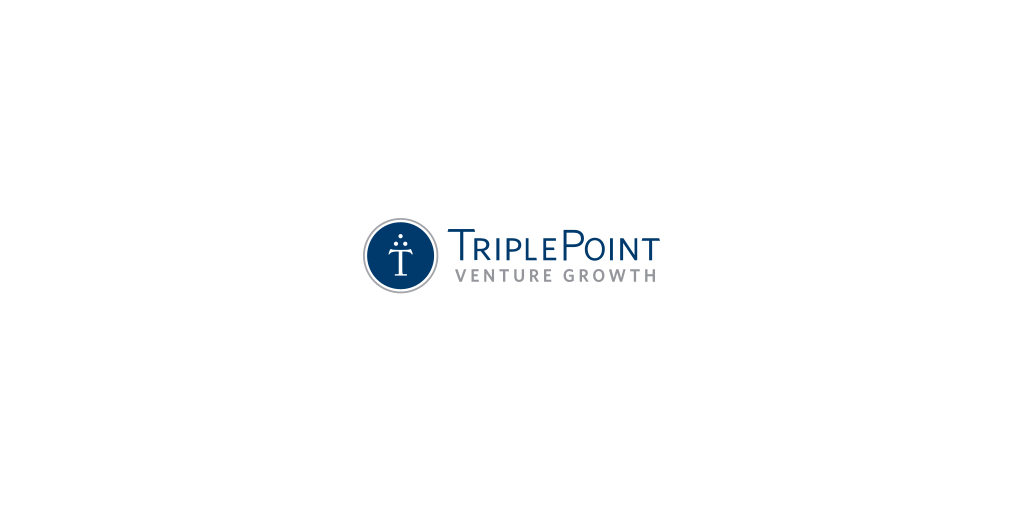- 3 tools I use to manage my money as a personal finance reporter
- Ellington Financial Announces Estimated Book Value Per Common Share as of November 30, 2024
- Where the next financial crisis could emerge
- Hedera (HBAR) Price Surge: Possible Breakout Ahead of $0.40
- Structured Finance Attorney Joins Hunton Andrews Kurth; Foley Adds IP Partner
Editor’s note: This is the fourth in a four-part series on year-end financial planning designed to help you close out the year on a high note.
You are viewing: Your Year-End Financial Action Plan, Part 4: Maximizing Retirement
When it comes to retirement, every year counts, especially as you approach the end of another calendar year. Now is the perfect time to ensure you’re maximizing your retirement contributions and making smart financial moves to secure your future. Here are six steps to make that a reality.
Step 1: Do Your Best to Max Out Your Retirement Contributions
If you’re not already contributing the maximum to your 401(k) or IRA, the end of the year is a prime opportunity to catch up. According to Vanguard’s 2024 “How America Saves” report, only 14% of plan participants reached that level of contributions, so most of us fall into this “there’s room to do more” category. Perhaps you can use a bonus to allocate an outsized portion to your retirement? Additional contributions to these accounts may lower your taxable income (traditional IRA), boost the potential for tax-free income in retirement (Roth) and set you up for greater long-term growth (both!).
See more : Big banks urged to step up on sustainable finance in 2025
For 2024, the 401(k) contribution limit is $23,000 for those under 50, with the ability to make an additional $7,500 in catch-up contributions for those over 50. The IRA contribution limit is $7,000, with a catch-up contribution of $1,000 for individuals over 50. Maxing out your employer plan contributions before Dec. 31 ensures you take full advantage of these tax breaks. Your 2024 IRA contributions can be made up until April 15, 2025.
In the end, the idea of “maxing out” may not be realistic for many people, but doing more could well be within your grasp. As I near the end of the “accumulation stage” of retirement planning, it’s very clear to me how a little effort today can translate into a big impact tomorrow (yes, there is a bit of regret in those words!). Build that “little more” into your plan.
Step 2: Evaluate Your Investment Strategy
Now is a good time to review your retirement portfolio. Is it aligned with your retirement goals? Ensure that your asset allocation is still appropriate, given your age and risk tolerance. The stock market has had a volatile year, but if you look at the last couple of years, the growth has been substantial. Without any adjustments, this may have put you in a riskier place than you may be comfortable with, and you should consider rebalancing your portfolio to bring it back in line with your long-term strategy and appetites. I believe that aligning how you invest with the time frame of the goal for which you are investing is critical. If you haven’t conducted your own “portfolio maintenance,” this is a great time to do so.
Step 3: Consider a Roth Conversion
If your income was lower than expected this year or you anticipate paying more taxes in the future, a Roth conversion might be a smart move. Converting traditional retirement funds into a Roth allows you to pay taxes now in exchange for the potential of tax-free withdrawals in retirement. This strategy is especially useful in years where you expect to be — on a relative basis — in a lower tax bracket. Speaking of tax brackets, take a look at where you stand, and if you have room for additional income in your current bracket, that could guide your conversion strategy. Work with your tax adviser to develop an approach that works best for you today and into the future.
Step 4: Check Your Beneficiaries
While reviewing your retirement accounts, double-check the beneficiaries listed on your 401(k), IRAs and any life insurance policies. Life changes such as a marriage, divorce or birth of a child can necessitate updates. Keeping these designations current ensures your assets go where you intend after you’re gone. And remember, a beneficiary designation on a retirement account or insurance policy will supersede any instructions in your will. That makes this step critical in ensuring your plan is synchronized.
Step 5: Map Out Your Savings Plan for 2025
See more : Siraj Finance partners with Azentio
The new year is right around the corner and, with it, could come a pay raise or promotion. Perhaps a car loan will be paid off in 2025? Capture at least a portion of that “new income” to boost your savings. Proactively and deliberately map out how and where you will contribute to retirement savings next year.
Step 6: Make it a Family Affair
Even if you or your spouse doesn’t work outside your home, remember that there are still retirement savings opportunities. A spousal IRA or Roth IRA could make sense. Contributions to a non-retirement account such as a jointly owned brokerage account, earmarked for use in retirement, could provide an opportunity to build for the future. Regardless, use this year-end evaluation as an opportunity to discuss and get aligned on your retirement goals and portfolio.
Other parts in the series:
Get the Latest Financial Tips
Whether you’re trying to balance your budget, build up your credit, select a good life insurance program or are gearing up for a home purchase, Military.com has you covered. Subscribe to Military.com and get the latest military benefit updates and tips delivered straight to your inbox.
Story Continues
Source link https://www.military.com/money/personal-finance/your-year-end-financial-action-plan-part-4-maximizing-retirement.html
Source: https://summacumlaude.site
Category: News







